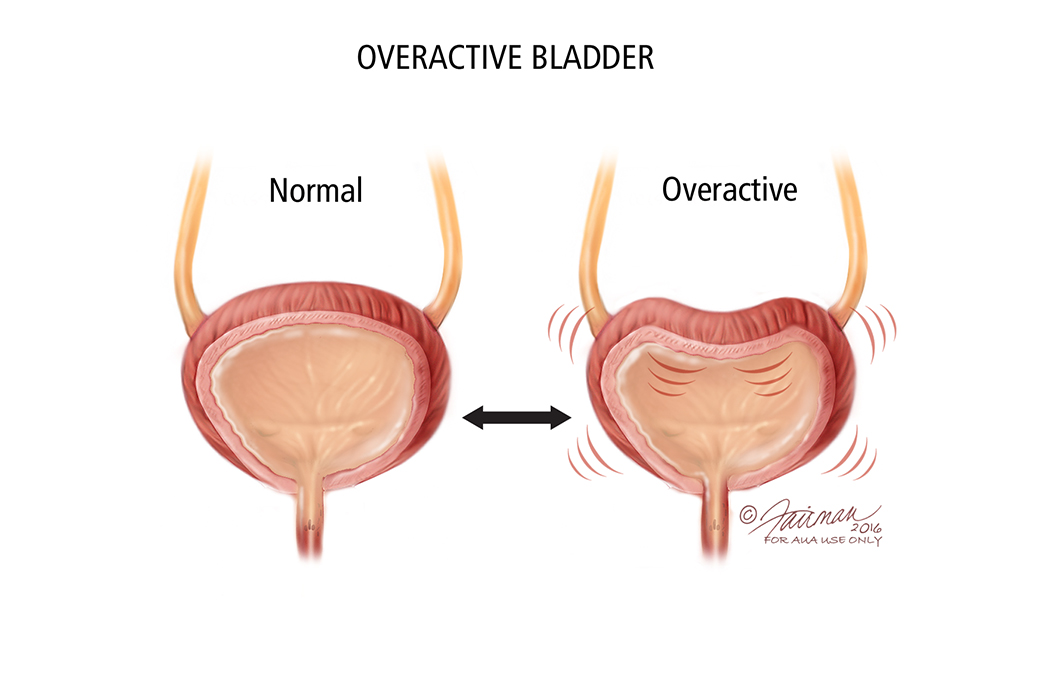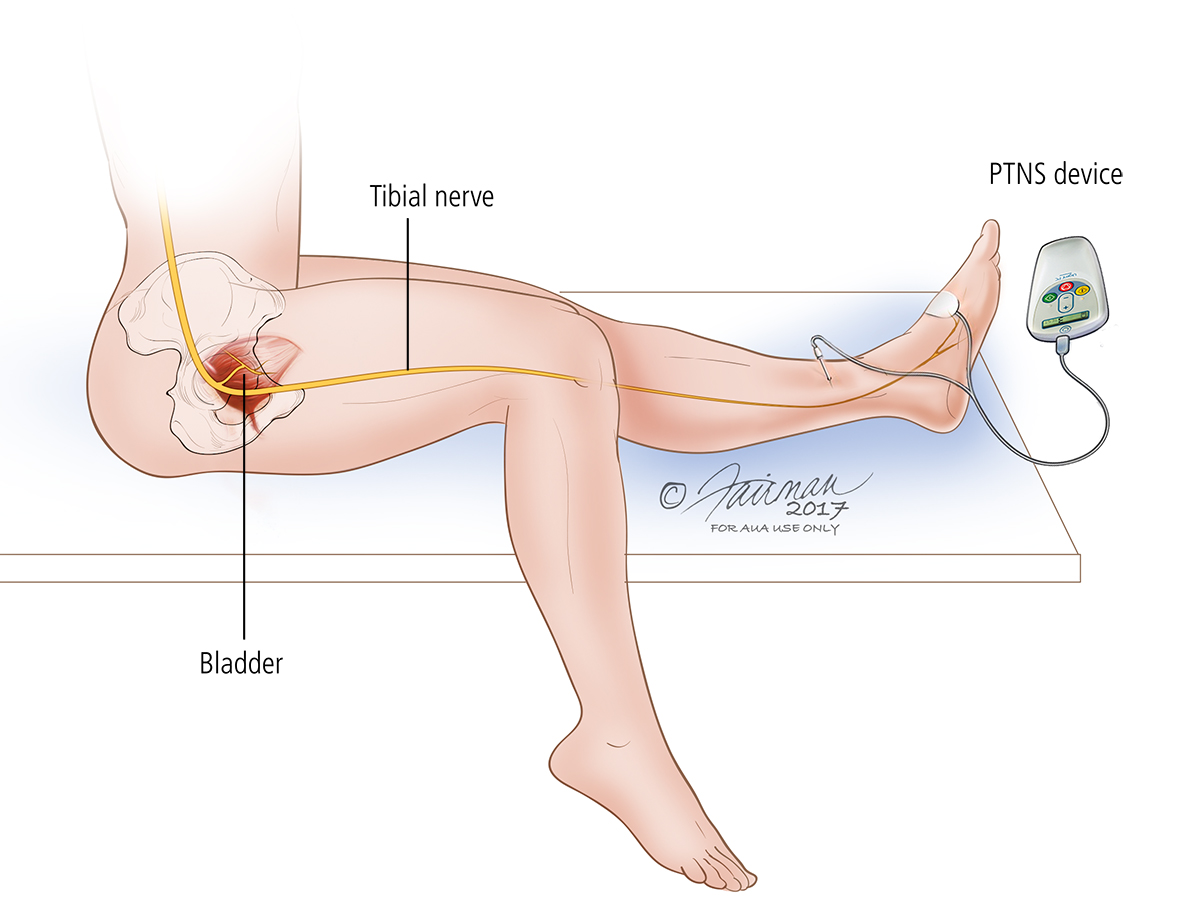What is Overactive Bladder (OAB)?
Overactive bladder (OAB) is the name for a group of urinary symptoms. It is not a disease. The most common symptom is a sudden, uncontrolled need or urge to urinate. Some people will leak urine when they feel this urge. Another symptom is the need to pass urine many times during the day and night. OAB is basically the feeling that you’ve “gotta’ go” to the bathroom urgently and too much.
Leaking urine is called "incontinence”. Stress urinary incontinence (SUI), is another common bladder problem. It’s different from OAB. People with SUI leak urine while sneezing, laughing or doing other physical activities. More information on SUI can be found at www.urologyhealth.org/SUI/.
Key Statistics
As many as 30 percent of men and 40 percent of women in the United States live with OAB symptoms. Many people living with OAB don't ask for help. They may feel embarrassed. Many people either don't know how to talk with their health care provider about their symptoms, or they think there aren't treatments that can help.
The truth is there are many treatments that can help. Asking your health care provider about it is the first step.
How OAB Can Affect Your Life
OAB can get in the way of your work, social life, exercise and sleep. Without treatment, OAB symptoms can make it hard to get through the day without many trips to the bathroom. You may not want to go out with friends or go far from home because you're afraid of being far from a bathroom. This makes many people feel lonely and isolated.
OAB may affect relationships with friends and family. It can disrupt your sleep and sex-life. Too little sleep will leave anyone tired and depressed. In addition, if you leak urine, you may develop skin problems or infections.
You don't have to let OAB rule your life. OAB can be controlled. If you think you have OAB, see your health care provider.
The Truth About OAB
OAB is not a normal part of getting older.
OAB is not just part of being a woman.
OAB is not just an issue with the prostate.
OAB is not caused by something you did.
Surgery is not the only treatment for OAB.
There are treatments to help people manage OAB symptoms.
There are treatments to help even minor OAB symptoms.
If you are bothered by OAB symptoms, then you should ask for treatment!




